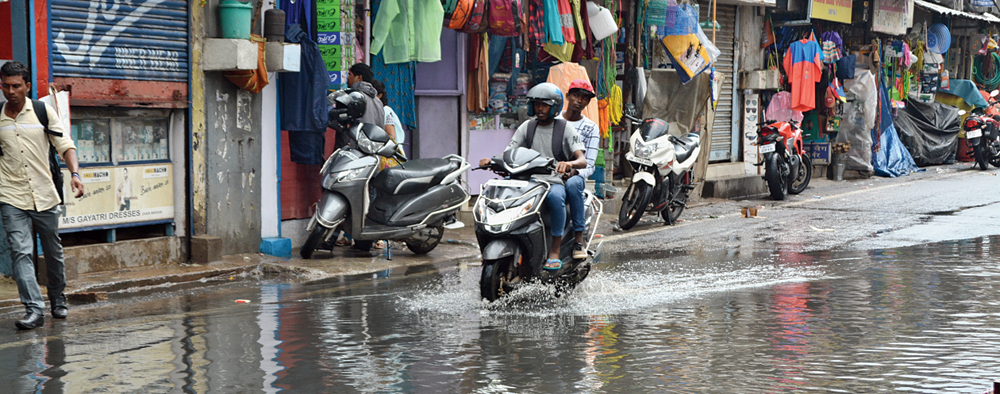The district administration is all set to launch a concerted save-water drive from Sunday, July 7, across all panchayats with a slew of activities and cash incentives for getting them done.
At least one village in each panchayat will be selected for mini watershed planning on 20 acres, involving a budget of Rs 3-4 lakh each. To spark interest among villagers, best performing panchayats and blocks will get handsome incentives ranging from Rs 25 lakh to Rs 1 crore, Ranchi DC Rai Mahimapat Ray said on Tuesday.
Ray, who held meetings with block development officers and circle officers, in his meeting referred to Prime Minister Narendra Modi’s call to conserve water and said Ranchi district administration would now campaign to conserve rainwater across the district.
“We plan to involve various government departments and agencies in our campaign,” said the DC. “They include District Rural Development Agency, Jharkhand State Water Mission, Jharkhand State Livelihood Promotion Society, Ranchi Municipal Corporation, Integrated Watershed Management Programme, departments of forest, education, public health and engineering, building construction, irrigation (water resources), Panchayati Raj and others.”
He said their plan included planting saplings on government land, offices and building campuses, harvesting water at all government building rooftops, and preventing runoff and rejuvenating ponds, check dams and functional recharge pits across the district.
Soakpits will be built near all active hand pumps. Defunct bore wells will be turned into water harvesting structures. He said COs had been asked to survey existing ponds, remove encroachment and ensure they get rainwater.
For the capital, the DC said that RMC had to play a key role in water harvesting. “Rainwater simply drains out and groundwater is hardly recharged due to lack of infrastructure and concrete all around. The building bylaws clearly mention that buildings of a certain height and carpet area must have water harvesting facility. The bylaw will have to be implemented strictly,” the DC said, adding he would meet RMC officials on Tuesday evening. Apartment societies can also be trained on creating and maintaining kitchen gardens and older schoolchildren the basics of watershed management, he said.
For villages, the action plan envisages a Jal Vigyan force in each village where the mukhiya, jal sahiya, ward member, volunteers and krishak mitras will mobilise people to run watershed activities in the village concerned. A display map for a three-year watershed plan of each village will be placed at a prominent place so that everyone is aware.
For water conservation, a resource team will be formed at the block level to work in association with a village team. The district administration also plans to give field training to resource persons to conserve water.
The DC said government engineers also had to be trained in watershed management. “We are in talks with the Institute of Engineers, BIT-Mesra, Birsa Agricultural University and Rama Krishna Mission,” he said.











